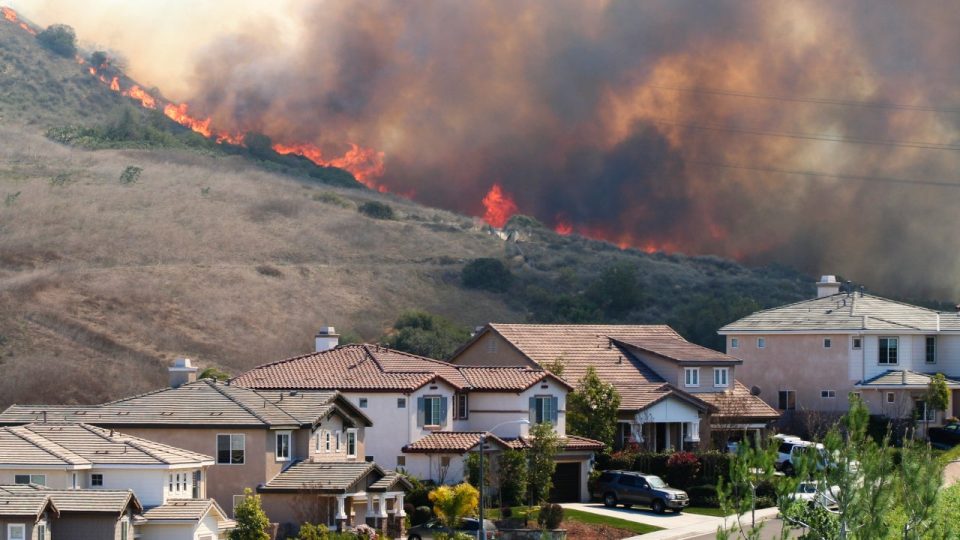Homeowners across the United States are facing a new reality as home insurance premiums continue to climb, driven by a mix of severe weather, surging rebuild costs, and a market grappling with the aftermath of record-breaking disasters. The situation in California, following the devastating January 2025 wildfires, is a stark example of how quickly the landscape can shift for insurers and policyholders alike.
The January wildfires in Southern California destroyed more than 16,000 structures, making it the costliest wildfire disaster in U.S. history. Insured losses are estimated to exceed $30 billion, with nearly 38,000 claims filed and over $12 billion already paid out as of early March. The state’s FAIR Plan, an insurer of last resort for high-risk properties, has been hit particularly hard. Its surplus is expected to drop from $1.5 billion at the start of the year to just $305 million by June, prompting a $1 billion assessment on private insurers.
Major carriers like Mercury General and State Farm General have reported substantial losses. State Farm General, the largest homeowner insurer in California, reported $7.6 billion in gross losses but was able to offset much of that through reinsurance, reducing its net loss to $612 million. Even so, the company’s surplus shrank by $400 million, prompting a request for a 22% emergency rate increase, which was provisionally approved in March and is pending a public hearing.
Experts estimate that insurance premiums in California could rise by as much as 21% statewide as a direct result of the wildfires. This is on top of a cumulative 55.3% increase in home insurance rates in the state from 2019 through 2024, according to LendingTree data.
California is not alone in facing steep increases. Home insurance rates have risen 40.4% across the U.S. over the past six years, with the sharpest jumps occurring in the last three years. In 2024 alone, rates increased by 11.4%, the highest annual rise in the period analyzed. States like Colorado, Nebraska, and Utah have seen even larger cumulative increases, with Colorado leading at 76.6%.
The average annual cost of home insurance in the U.S. is now $2,801, but in high-risk states like Oklahoma and Nebraska, premiums are more than double that amount. Every state is expected to see further increases by the end of 2025, with an average projected rise of 8% according to Insurify. The average premium is expected to reach $3,520, up by an estimated $261 per household.
Premiums are rising due to several converging factors. The increasing frequency and severity of natural disasters, including hurricanes, wildfires, and severe storms, have led to more claims and heightened risk for insurers, prompting higher rates for policyholders. Rebuild costs are also climbing as inflation, supply chain disruptions, and labor shortages make home repairs and reconstruction more expensive, directly impacting insurance premiums. Furthermore, reinsurance costs are rising because reinsurers are reassessing their willingness to cover high-risk areas like those prone to wildfires, and insurers are passing these higher costs on to consumers. In some regions, such as California, regulatory challenges, specifically restrictions on how quickly insurers can raise premiums, are adding pressure, as insurers struggle to keep pace with escalating costs
For homeowners, the options to mitigate rising premiums are limited. Comparing quotes, bundling policies, raising deductibles, and investing in weather-resistant upgrades can help, but experts warn that continued financial pressures are likely as climate risks and rebuild costs keep climbing.
Insurers, meanwhile, are reassessing their exposure in high-risk areas and may reduce coverage options or withdraw from some markets entirely. The FAIR Plan’s financial strain and the ongoing investigations into utility liability for the fires add further uncertainty to the market’s future.
The bottom line is clear: as disasters become more frequent and severe, and as the cost of rebuilding continues to rise, home insurance premiums are likely to keep climbing, not just in California but across the country.

